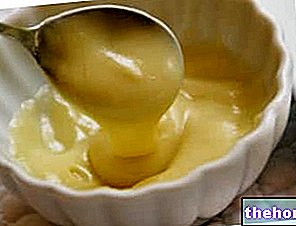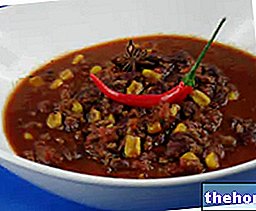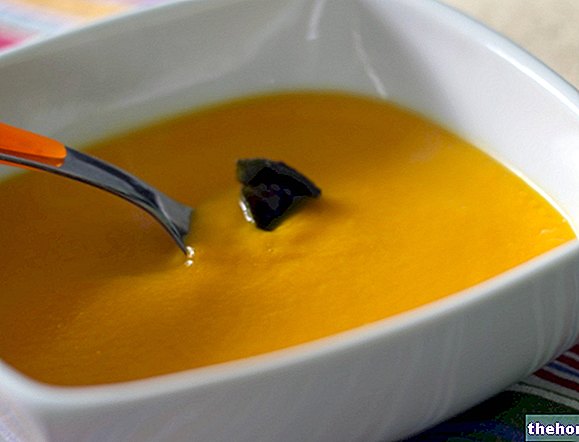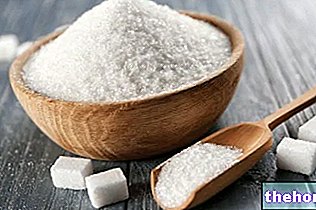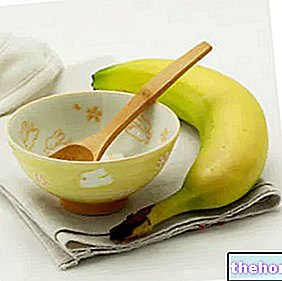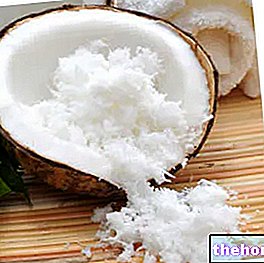Muscovado, also known as Khandsari and Khand, is a partially or totally refined type of sugar with a distinctive molasses flavor.

Some classify it in the group of whole sugars.
Technically, muscovado is a cane sugar that is not (or only partially) centrifuged and refined. The degree of purification changes according to the processes used.
Compared to granular sugar (white or raw - raw does not mean whole), muscovado contains higher levels of minerals and for this reason many consider it healthier and more nutritious.
Muscovado sugar is mainly used to sweeten drinks (coffee, tea, etc.), to flavor foods (chopped fruit, etc.) and in pastry recipes. It is also the raw material in the distillation of rum and other spirits.
India is the largest producer and consumer of muscovado in the world.
(raw material).Let's briefly summarize the nutritional properties of muscovado and normal sugar.
- Calories 383 kcal
- Total mineral salts 740 mg max
- Phosphorus (P) 3.9 mg max
- Calcium (Ca) 85 mg max
- Magnesium (Mg) 23 mg max
- Potassium (K) 100 mg max
- Iron (Fe) 1.3 mg max
White granular sugar, on the other hand, has the following chemical profile:
- Calories 387 kcal
- Total mineral salts - mg max
- Phosphorus (P) - mg max
- Calcium (Ca) 1.0 mg max
- Magnesium (Mg) - mg max
- Potassium (K) 2.0 mg max
- Iron (Fe) - mg max.
Muscovado sugar VS Refined sugar
In fact, observing the nutritional values referred to the salt content, muscovado seems decidedly richer than refined sucrose. From the mineral point of view, therefore, it could be defined as superior to the other.
It is different as regards general healthiness, which is not inferior but not even superior to the other. Table sugar does not belong to any of the VII fundamental food groups. This is because, not constituting a nutritional resource of any kind, it does not participate in the "overall balance of the diet. This not only applies to refined sugar, but also to muscovado. Although richer in minerals than the traditional sweetener, muscovado does not participate significantly in reaching the recommended rations in question. This is because, respecting the portion and frequency of consumption suggested for the use of sugar (as little as possible) , the final contribution on the contribution of minerals is irrelevant.
More generally, the chemical characteristics of muscovado sugar do not differ much from those of refined sugar. It is very caloric, due to the high concentration of sucrose, soluble carbohydrate disaccharide (glucose + fructose). Glycemic index and glycemic load are therefore exactly the same. This makes it totally unsuitable for diet against overweight and certain metabolic diseases, such as diabetes type 2 mellitus and hypertriglyceridemia; more generally, sugar should be significantly limited or avoided in the event of any metabolic disease, to prevent the onset or worsening of the so-called metabolic syndrome. It should also be noted that an excess of simple sugars can increase the chances of tooth decay. In pregnancy, when women have a greater chance of contracting diabetes (called gestational), it is advisable to be very careful not to overdo it with sugar, even if it is of the muscovado type.
The vitamin profile is practically non-existent, except, perhaps, for a minimal concentration of water-soluble vitamins of group B. It does not contain fiber and cholesterol. It is also free of lactose, gluten and histamine; it therefore lends itself to the diet of all three related food intolerances.
It has no contraindications for the vegetarian, vegan diet and for most philosophies and religions.
The average portion of muscovado sugar, identical to that of refined sugar, is 5 g at a time (about 20 kcal - a medium, level teaspoon).
, juices and extracts), for food (for example in fruit salad) and for pastry recipes.
Muscovado is brown in color and slightly coarser and stickier than most dark sugars. Muscovado sugar takes its flavor and color from the raw material used, sugar cane juice. It has good resistance to high temperatures and a reasonable shelf life.
Muscovado sugar can be substituted for brown sugar in most recipes by slightly reducing the total liquid content. Another muscovado substitute can be made artificially by mixing white sugar with black molasses in a ratio of about 1:10.
The use of muscovado sugar in India for the production of sweets dates back to at least 500 BC.Together with gur, muscovado represents the most used traditional Indian sweetener for Masala chai (flavored Indian tea), to accompany roti mixed with melted butter, for traditional Indian sweets such as kheer (Indian rice pudding) and khand chawal ( sweetened rice).
Muscovado sugar for alcohol
A significant percentage of India's muscovado production is used for the illicit production of desi daru, a distilled alcoholic beverage.
Muscovado sugar in Ayurvedic medicine
Muscovado sugar is also used in traditional Ayurvedic medicine (not recognized by Western conventions) to facilitate blood purification, digestion, improve bone and lung health.
or refined sugar (especially at Glasgow or London refineries). In the "British Empire, sugars refined enough to lose most of their molasses content were thought to be of superior quality, while those with a high molasses content, raw, were termed muscovado or simply" browns. "

